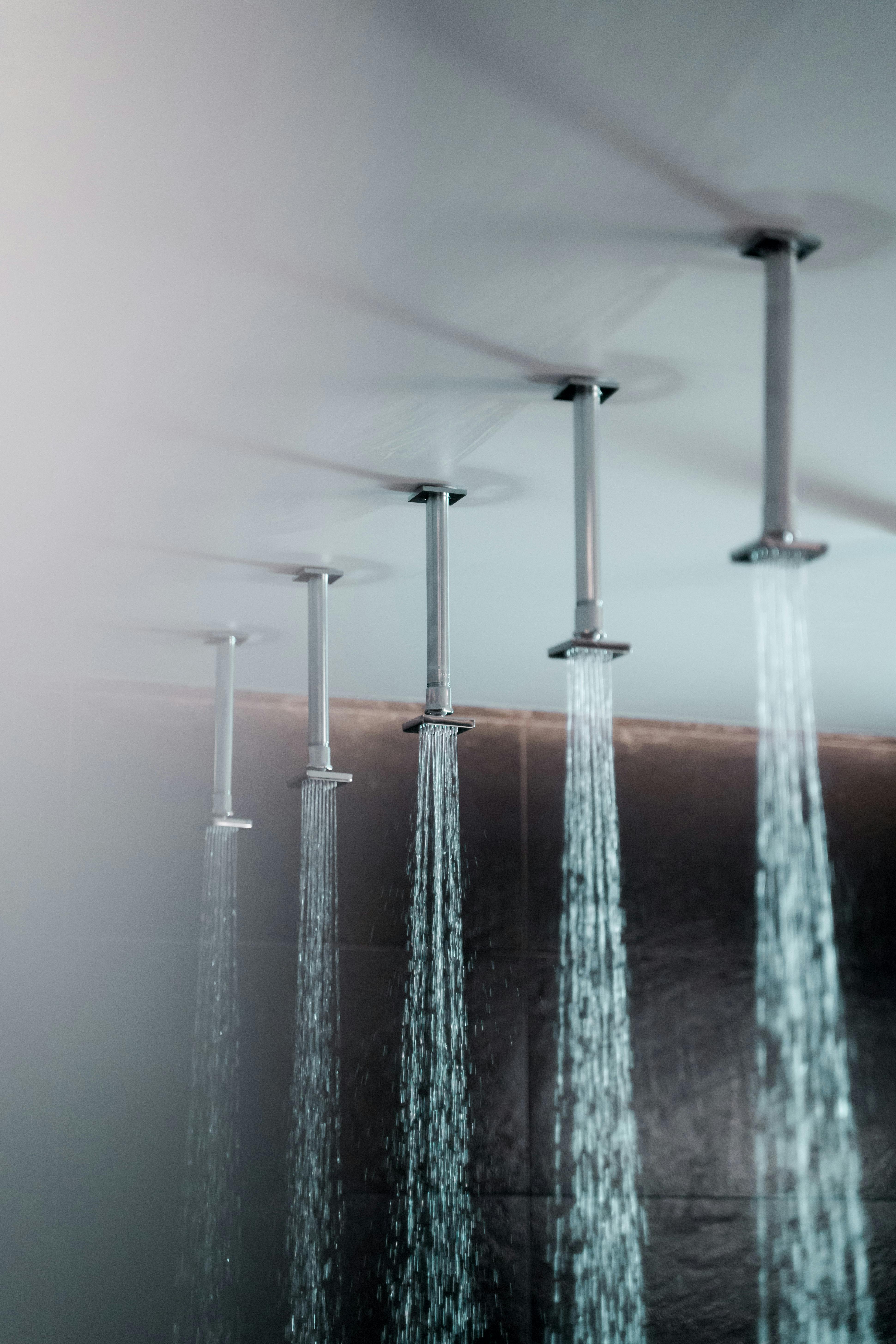The 10 Laws of And How Learn More
 Why is Water Leaking from Your Ceiling?
Why is Water Leaking from Your Ceiling?
Water dripping from the ceiling is a reason for concern and must be dealt with without delay. Not just can it cause damage to your building, however it may likewise show underlying concerns that call for prompt interest. Determining the resource of the leakage is crucial in establishing the ideal option. Below are some usual causes of water dripping from the ceiling and what you can do regarding them:
1 Picture Gallery: The 10 Laws of And How Learn More
1. Roofing Problems
An usual root cause of water leakages is roof covering problems. Harmed or missing out on roof shingles, broken blinking, or stopped up rain gutters can allow water to leak via the roof covering and right into your ceiling. If you discover water discolorations, mold development, or leaking water from the ceiling after hefty rainfall, it’s likely a roof covering concern.
To address roof-related leakages, it’s important to have an expert evaluate your roof. They can determine the particular issue and recommend the proper fixings or replacement. Normal roofing system upkeep, such as keeping rain gutters clean and checking for damage, can aid avoid future leakages.
2. Pipes Leaks
Water leakages from the ceiling can also occur due to pipes issues. Leaking pipelines in the walls or above the ceiling can create water to drip down and produce water spots or protruding spots on your ceiling. Pipes leakages may be much more typical in locations such as washrooms, cooking areas, or utility rooms.
If you suspect a plumbing leak, it’s best to speak to an accredited plumber for assessment and repair services. They have the proficiency and devices to determine and fix the issue without causing additional damage to your property. Prompt repair services can protect against water damages and mold development.
3. HVAC System Troubles
Sometimes, water leaks from the ceiling could be a result of concerns with your heating and cooling (home heating, ventilation, and cooling) system. Condensation from the cooling and heating system can build up and produce water damage on the ceiling. Clogged drain lines, harmed drip frying pans, or malfunctioning condensation pumps can create water to overflow and leakage from the ceiling.
If you suspect an HVAC-related issue, it’s suggested to speak to an a/c professional for maintenance. They can identify the resource of the problem and guarantee your system is working effectively, protecting against future leaks.
4. Structural Damage
In uncommon situations, water leakages from the ceiling might be a sign of structural damage. In time, extreme dampness, mold and mildew growth, or aging infrastructure can weaken the ceiling’s integrity, causing leaks. This is more common in older structures or locations prone to severe weather conditions.
If architectural damages is believed, it’s crucial to talk to a professional service provider or architectural designer. They can evaluate the degree of the damages and give suitable remedies, which may involve repairs or perhaps restoration of the afflicted location.
To conclude, water leaking from the ceiling ought to never ever be neglected. Determining the resource of the leak and taking punctual action can prevent additional damages to your residential property and guarantee the safety and security of occupants. Whether it’s a roof issue, pipes leakage, HVAC trouble, or structural damages, seeking specialist assistance is essential in dealing with the issue successfully.
This post topic: Technology


